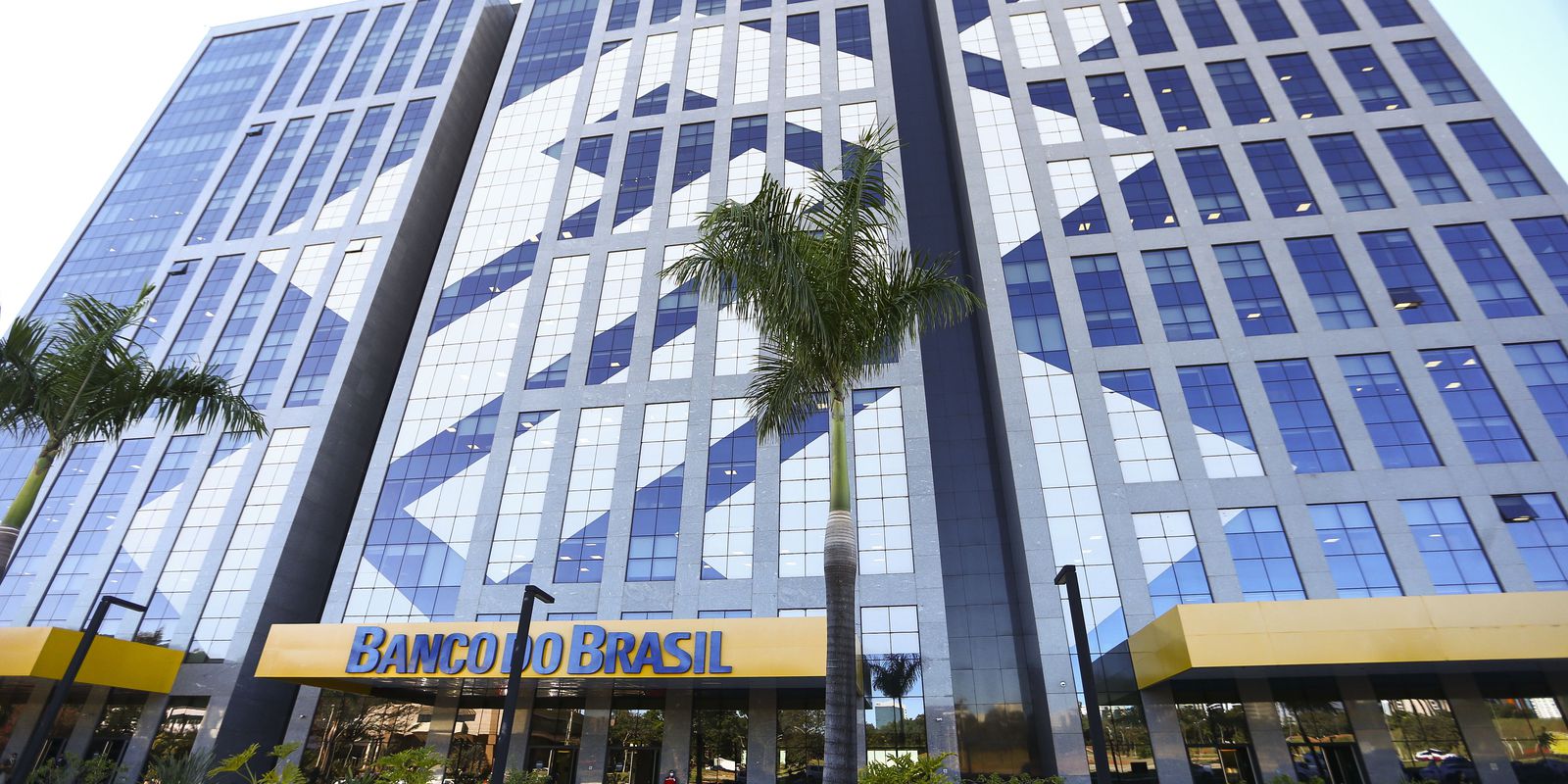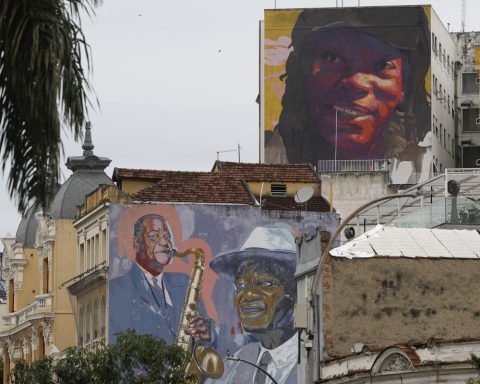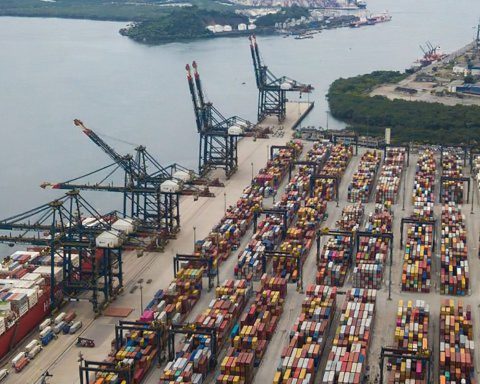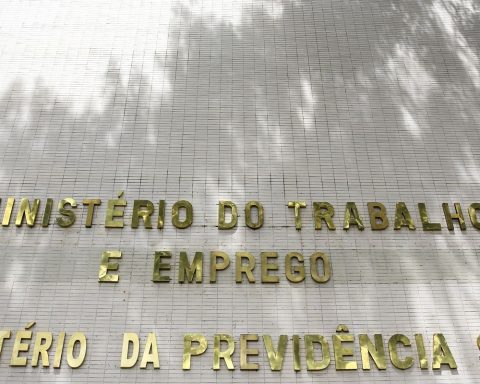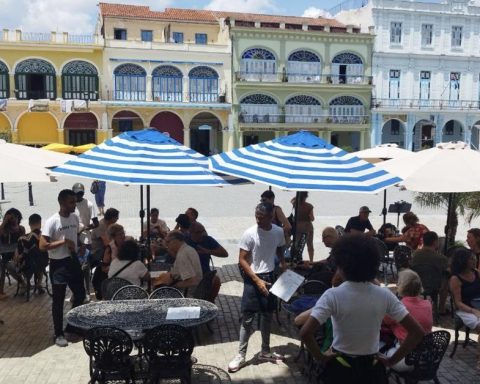Banco do Brasil (BB) broke a profit record in the first nine months of the year. From January to September, the financial institution had adjusted net income of R$ 22.8 billion, growth of 50.9% in relation to the same period last year.
In a note, BB informed that the improvement in profits resulted from the growth of the loan portfolio with a composition that reduces the risk of default. The bank also cites the diversification of revenues (mainly from services) and the control of expenses.
In the third quarter alone, adjusted net income reached R$ 8.4 billion, a result 62.7% above the same quarter of 2021 and 7.1% above the previous quarter. The return on equity (RSPL) reached 20.5%, which, according to BB, represents an index similar to that of private banks.
According to BB, part of the improvement stems from the growth of credit with the maintenance of the default rate below the average of the National Financial System. The expanded loan portfolio ended September at R$969.2 billion, 19% higher than in September 2021 and 5.4% higher than at the end of the second quarter.
Indicator used to measure financial strength, the Basel Ratio reached 16.72%, of which 11.77% is principal capital. For every BRL 100 borrowed, the institution keeps BRL 16.72 in cash, of which BRL 11.77 corresponds to its principal capital. These levels are one of the highest among Brazilian banks.
segments
In the distribution by credit segments, the expanded individual portfolio grew 10.9% in relation to September of last year and 2.7% in relation to June of this year. The highlights were payroll loans (+2.4% in the quarter and +8.3% in 12 months), personal loans (+3.9% in the quarter and +22.6% in 12 months) and credit card ( +3.4% in the quarter and +31.5% in 12 months).
As for corporate credit, the corporate loan portfolio expanded 20.2% in 12 months and 5.3% in the quarter. The best performances were recorded in working capital (+5.6% in the quarter and +8.3% in 12 months), private securities and guarantees (+3.7% in the quarter and +53.3% in 12 months) and advance on foreign exchange credit and export credit (+18.5% in the quarter and +36.6% in 12 months). Pronampe, a credit line for micro and small companies, will total more than R$10 billion in 2022.
Credit for agribusiness ended September with a rise of 9.1% in the quarter and 26.2% over September last year. In the current 2022/2023 harvest alone, R$ 63.5 billion were lent, up 37.8% compared to the previous harvest. In all, there were 197 thousand operations for agribusiness, of which 56.2% for family farming.
The highlights in agribusiness loans were current operations (+25.4% in the quarter and +53.7% in 12 months), investment (+12.2% in the quarter and +59.3% in 12 months) and Pronaf (+7.5% in the quarter and +13.5% in 12 months).
Sustainable credit operations, which respect social and environmental parameters, reached R$ 321.2 billion at the end of the third quarter, up 13.9% in 12 months. The default rate, which considers delays of more than 90 days, rose from 2% in June to 2.3% in September, reflecting the rise in interest rates, but, according to BB, it is below the average of 2.8% recorded. in the national financial system.
income and expenses
Income from services rendered totaled R$ 23.9 billion in the first nine months of the year, an increase of 11% in 12 months. In the third quarter, they reached R$ 8.5 billion, up 8.6%. The quarterly growth was influenced by the commercial performance in the consortium (+50.6%) and insurance, pension plan and capitalization segments (+20.6%).
Administrative expenses reached R$ 24.9 billion in the first nine months of the year, up 6% compared to the same period in 2021. In the third quarter, they totaled R$ 8.4 billion, 1.2% above the previous quarter. According to BB, the bank managed to make spending rise less than inflation in the period.
projections
Banco do Brasil also revised its projections for 2022. The adjusted profit estimate jumped from a range between R$27 billion and R$30 billion to a range between R$30.5 billion and R$32.5 billion. The forecast for growth in the volume of credit this year was high, from 12% to 16% to a range between 15% and 17%.
Service revenue growth, which was between 6% and 9%, was raised to 9% to 11%. The forecast for administrative expenses was maintained, with an increase of 4% to 8% this year.
